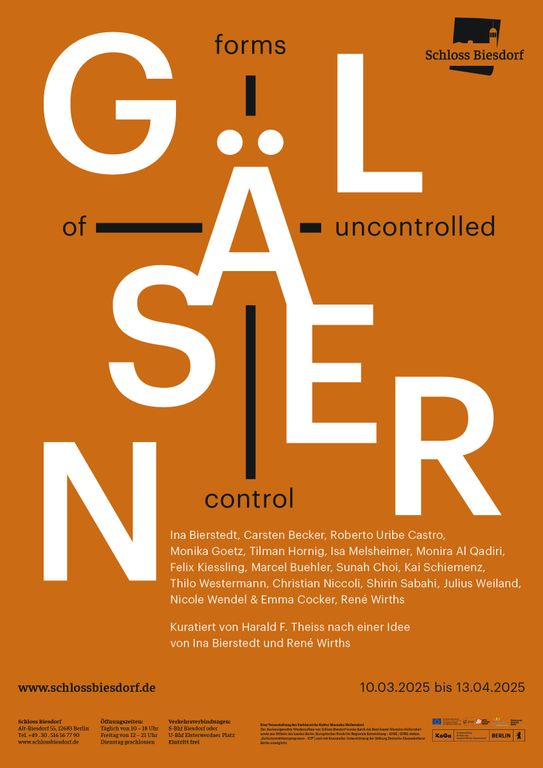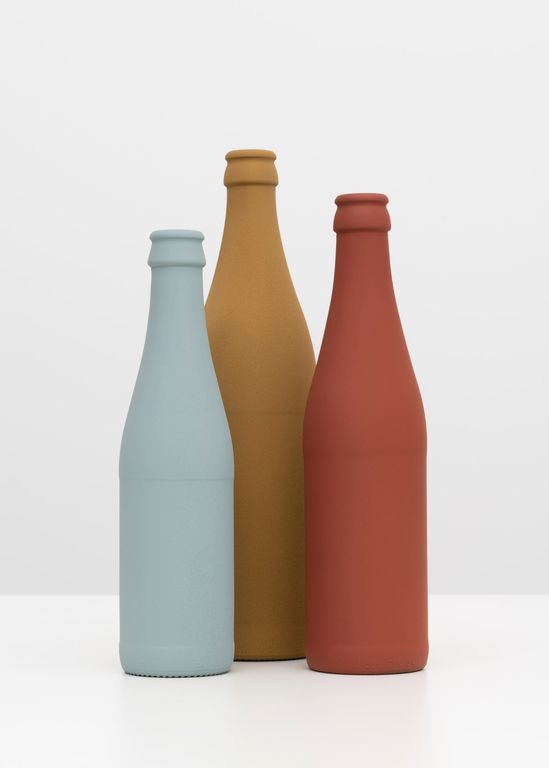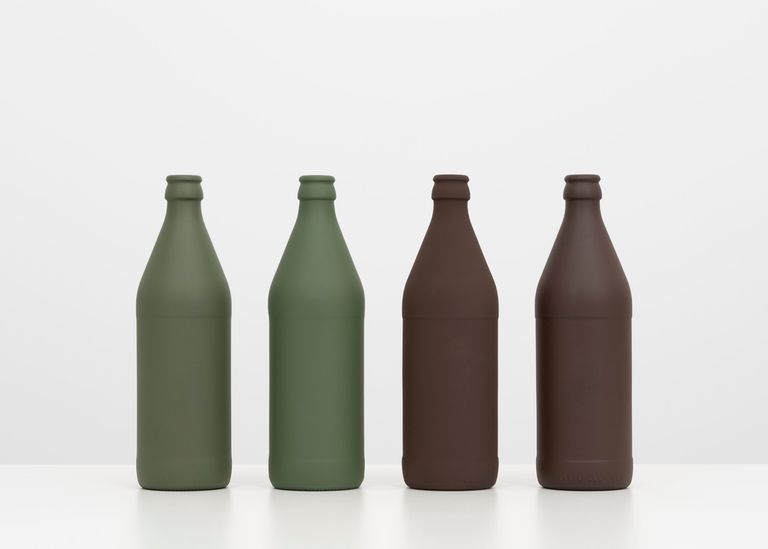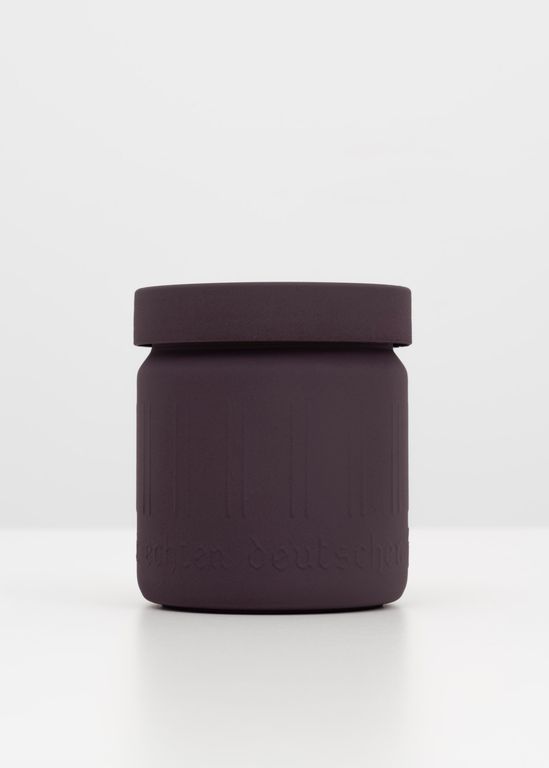Gläsern
forms of uncontrolled control
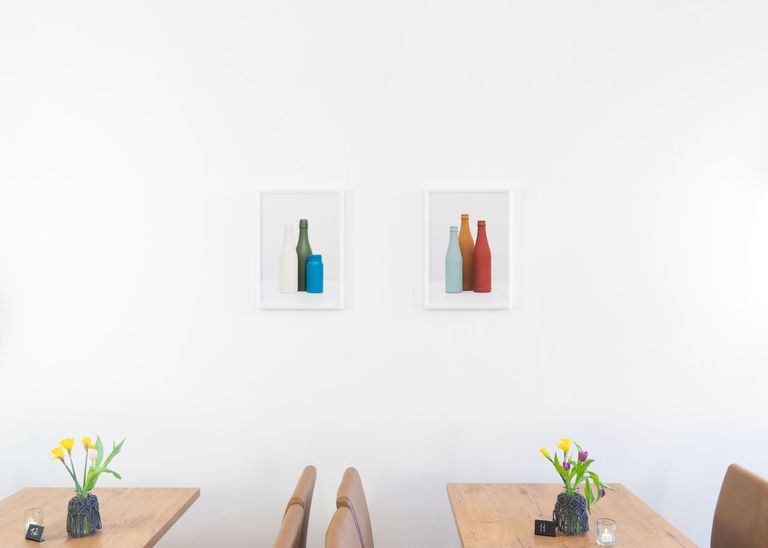
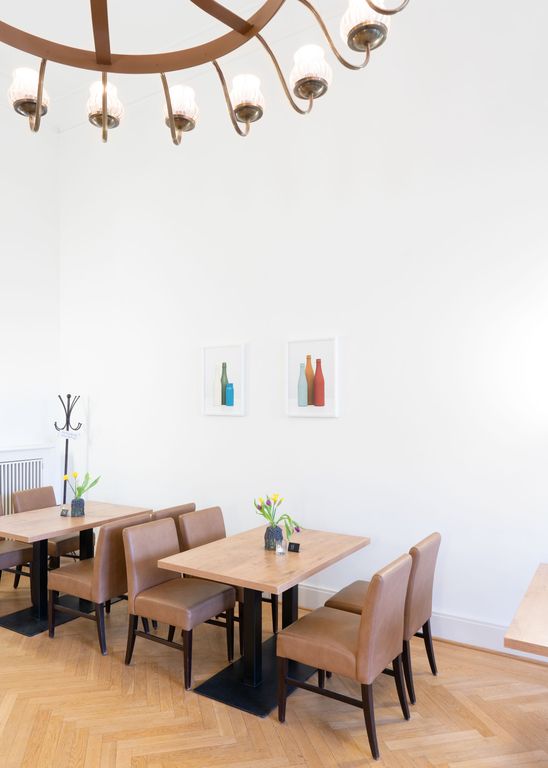

Photo: Eric Tschernow
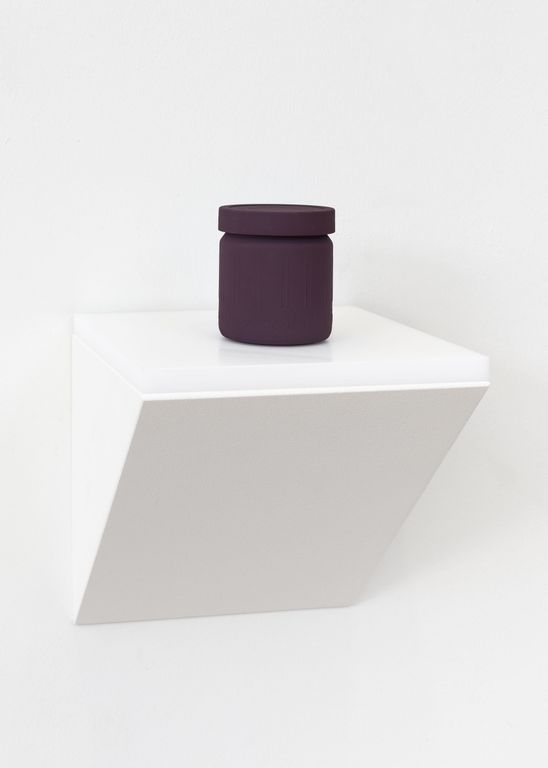
Photo: Eric Tschernow
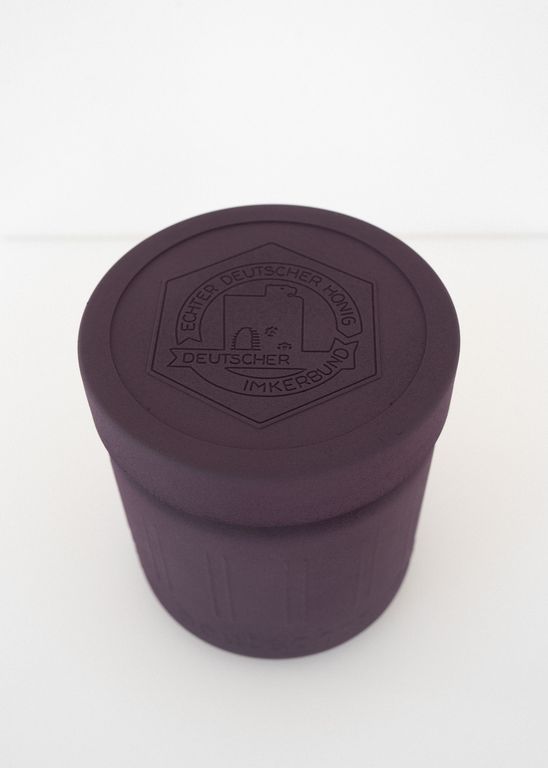
About the Exhibition
UNESCO declared manual glass production an Intangible Cultural Heritage of Humanity at the end of 2023. The translucent material plays just as important a role in historical arts and crafts as it does in architecture: from the precious, mostly coloured glass windows of sacred buildings to the transparent architecture of modernism. In a figurative sense, however, ‘glass’ also serves as a metaphor for data protection, surveillance or the screening of state control mechanisms. In the group exhibition ‘G L Ä S E R N – forms of uncontrolled control’ at Schloss Biesdorf, artists approach this ambiguous term in photographs, paintings, installations, sculptures, objects as well as video and neon works.
Fragile and yet very hard, desirably beautiful and dangerously sharp-edged: glass combines aspects of craftsmanship and technology with its own aesthetic category – a material that transcends the material. Visionary transformations in architecture responded to the social upheavals of the Enlightenment and translated the once sacred connotations of glass into a belief in boundless openness and democracy – as in the spectacular Crystal Palace designed by Joseph Paxton for the First Great Exhibition in London's Hyde Park in 1851. The mostly translucent material exerts a fascination. Associations range from antique handicrafts and precious vessels to their contents, memories and historical, intellectual and spiritual traces. From a linguistic point of view, ‘glassy’ means: see-through, transparent, crystal-clear or even glass-like. In a figurative sense, it also describes the disclosure of – often socio-political – contexts.
The many facets of glass between medium and metaphor have always preoccupied artists of all genres. They use the amorphous substance as a material and at the same time try to capture the experience of an unreal transcendence. From the ‘Glass Man’ at the German Hygiene Museum in Dresden to the ‘Glass Flower’ in Berlin's Palast der Republik – creative development and technical feasibility are enabling more and more variations of the familiar functional and decorative diversity.
The exhibition ‘G L Ä S E R N – forms of uncontrolled control’ brings together works by artists who approach the subject in contemporary media: in painting, photography and film, in spatial drawings and illuminated lettering, installative or sculptural forms.The artists in the exhibition (de)construct, modify and manipulate and create uncontrolled imaginary spaces through contextual shifts and transformations of objects and motifs. Between aesthetic shaping and narrative design, they reflect on social backgrounds, resources and recycling or changing production conditions. The world has become transparent – reality has become a multifaceted kaleidoscope.
Announcement
